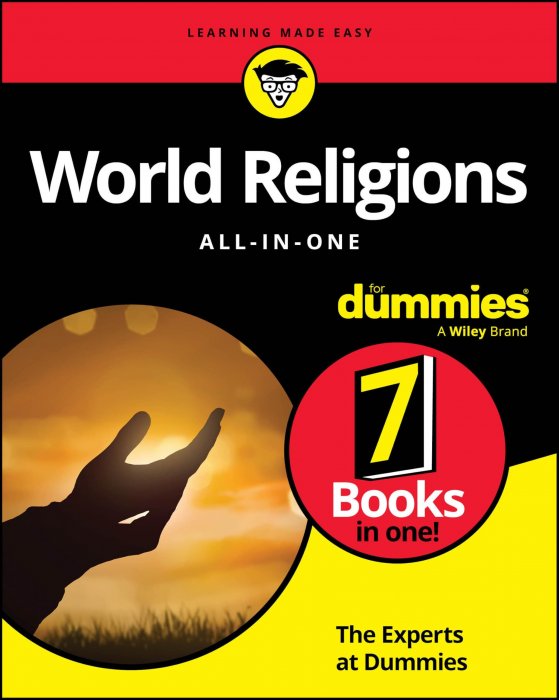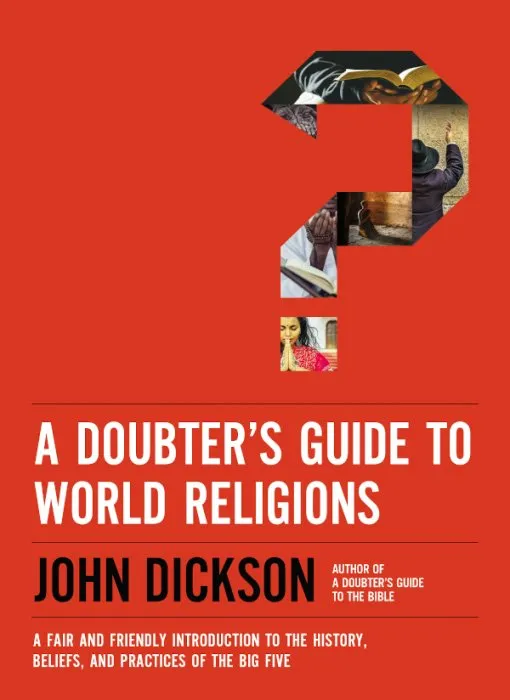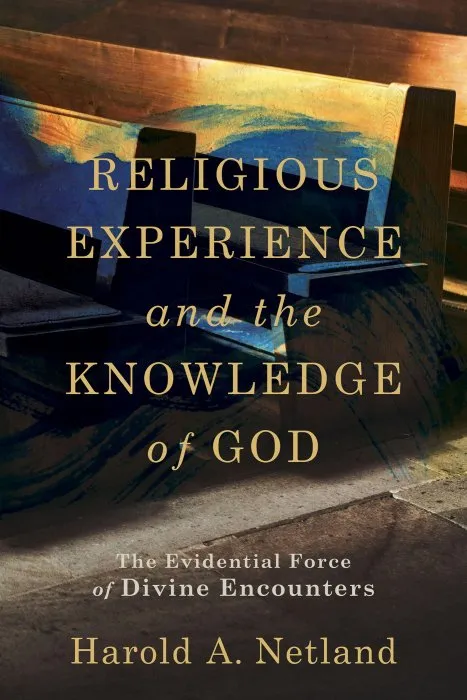Getting It, Then Getting Along: Understanding the world's five major religions

Date: December 1st, 2019
Сategory: Religion, New Age
ISBN: 1543991173
Language: English
Number of pages: 242 pages
Format: EPUB
Add favorites
Getting It, Then Getting Along
Understanding the World's Five Major Religions: Collaborative rather than Divisive
This is a book about the five religious philosophies and belief systems that the majority of the world's populations follow. It is not one that proselytizes or presents dogma with the intent to convince the reader of the rightness or wrongness of one system or one belief over another. Neither does it insist that one must be religious or even believe in God to be a good person. The book's purpose is to educate and provide an overview of the history, the evolution and the basic beliefs of those who practice one of the five religions.
For the most part, little is known about others' religious beliefs in that spirituality is usually derived from ones own culture and heritage. This lack of knowledge can often lead to misconceptions about religious systems not familiar to us. As a result, our opinions and attitudes may be affected toward those who believe differently than we do. Social media can also cause confusion when the originator of a post may have a specific "agenda" and provide only the information that supports that purpose but is not objective or provide the whole truth.
With better understanding of others' religious beliefs, it is hoped that greater tolerance for religious diversity will develop and respectful discourse and interactions will result. If this is possible for religious diversity, it may also be useful for other human diversities. A focus of the book is to promote compassionate behavior when dealing with differences with an outlook that our variances can be advantageous and may, in fact, allow for resolution of some of the planet's most worrisome concerns. Different perspectives through different cultural lenses may together solve universal problems. The book further emphasizes that change begins with each individual and one by one as more tolerance, more respect and greater compassion toward others occurs; our world will become a kinder, gentler place.
After a beginning chapter that gives reference to many unfounded prejudices and misunderstandings that have led to today's intolerance and violence, each of five subsequent chapters focuses on one of the five major religions: Judaism, Christianity, Islam, Hinduism, Buddhist. From the advent of each belief system to how each religion is practiced today, the history and basic tenants of each religion are presented. Finally, it is left to the reader to decide if the commonalities of the religions described are not greater than their differences.
Understanding the World's Five Major Religions: Collaborative rather than Divisive
This is a book about the five religious philosophies and belief systems that the majority of the world's populations follow. It is not one that proselytizes or presents dogma with the intent to convince the reader of the rightness or wrongness of one system or one belief over another. Neither does it insist that one must be religious or even believe in God to be a good person. The book's purpose is to educate and provide an overview of the history, the evolution and the basic beliefs of those who practice one of the five religions.
For the most part, little is known about others' religious beliefs in that spirituality is usually derived from ones own culture and heritage. This lack of knowledge can often lead to misconceptions about religious systems not familiar to us. As a result, our opinions and attitudes may be affected toward those who believe differently than we do. Social media can also cause confusion when the originator of a post may have a specific "agenda" and provide only the information that supports that purpose but is not objective or provide the whole truth.
With better understanding of others' religious beliefs, it is hoped that greater tolerance for religious diversity will develop and respectful discourse and interactions will result. If this is possible for religious diversity, it may also be useful for other human diversities. A focus of the book is to promote compassionate behavior when dealing with differences with an outlook that our variances can be advantageous and may, in fact, allow for resolution of some of the planet's most worrisome concerns. Different perspectives through different cultural lenses may together solve universal problems. The book further emphasizes that change begins with each individual and one by one as more tolerance, more respect and greater compassion toward others occurs; our world will become a kinder, gentler place.
After a beginning chapter that gives reference to many unfounded prejudices and misunderstandings that have led to today's intolerance and violence, each of five subsequent chapters focuses on one of the five major religions: Judaism, Christianity, Islam, Hinduism, Buddhist. From the advent of each belief system to how each religion is practiced today, the history and basic tenants of each religion are presented. Finally, it is left to the reader to decide if the commonalities of the religions described are not greater than their differences.
Download Getting It, Then Getting Along: Understanding the world's five major religions
Similar books
Information
Users of Guests are not allowed to comment this publication.
Users of Guests are not allowed to comment this publication.




